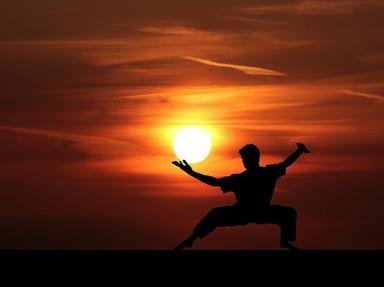
Martial Arts by Country Trivia Quiz
In this quiz you are given the names of twelve different martial arts. You need to sort them into categories based on the country in which they originated.
A classification quiz
by rossian.
Estimated time: 3 mins.
- Home
- »
- Quizzes
- »
- Sports Trivia
- »
- Martial Arts